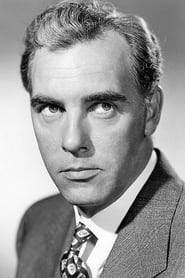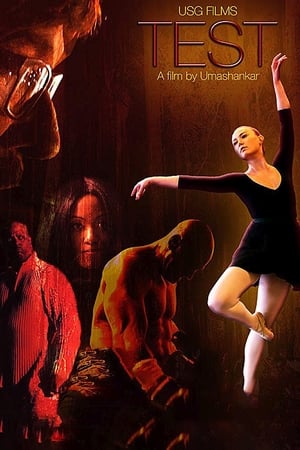
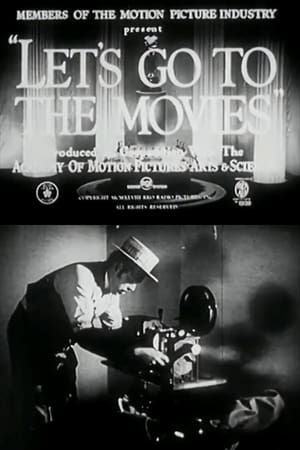
Let's Go to the Movies(1949)
What goes in to the phrase, "Let's go to the movies"? An off-screen narrator takes us back to the earliest days of film: clips remind us of early stars and blockbusters. He explains how sound came to motion pictures: we see Jolson singing "Mammy" and John Barrymore playing Richard III. Next is a salute to the 30,000 people working in Hollywood at 272 different crafts. A montage shows us some of those jobs. It ends with a look at the physical production of celluloid (cotton and silver) and the many aspects of movie making. The narrator promises more short films about each step in production. Preserved by the Academy Film Archive in 2012.

Movie: Let's Go to the Movies

Let's Go to the Movies
HomePage
Overview
What goes in to the phrase, "Let's go to the movies"? An off-screen narrator takes us back to the earliest days of film: clips remind us of early stars and blockbusters. He explains how sound came to motion pictures: we see Jolson singing "Mammy" and John Barrymore playing Richard III. Next is a salute to the 30,000 people working in Hollywood at 272 different crafts. A montage shows us some of those jobs. It ends with a look at the physical production of celluloid (cotton and silver) and the many aspects of movie making. The narrator promises more short films about each step in production. Preserved by the Academy Film Archive in 2012.
Release Date
1949-05-13
Average
7
Rating:
3.5 startsTagline
Genres
Languages:
English
Recommendations Movies
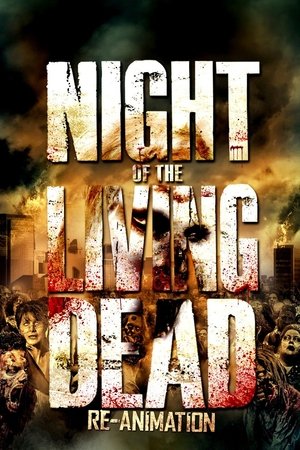 6.2
6.2Night of the Living Dead: Re-Animation(en)
After inheriting the family mortuary, a pyrophobic mortician accidentally exposes hundreds of un-cremated bodies to toxic medical waste. As the corpses re-animate, the mortician's inheritance-seeking younger brother unexpectantly shows up, stumbling upon a full zombie outbreak!
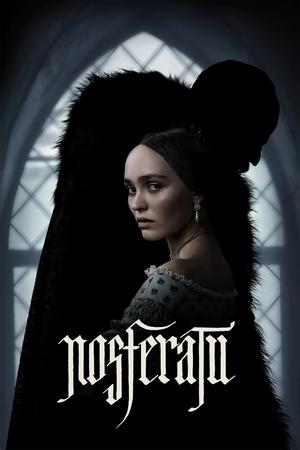 6.7
6.7Nosferatu(en)
A gothic tale of obsession between a haunted young woman and the terrifying vampire infatuated with her, causing untold horror in its wake.
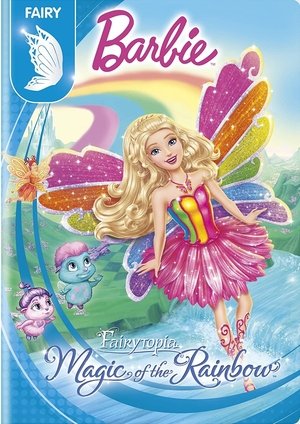 6.9
6.9Barbie Fairytopia: Magic of the Rainbow(en)
Elina goes to a fairy school to learn dancing and fairy magic. The spring of the fairy land is soon threatened by evil Laverna who intends to prevent fairies from performing the annual vital rainbow dance. Elina must stop quarreling with her fellow students and unite them to save the first bud of the spring.
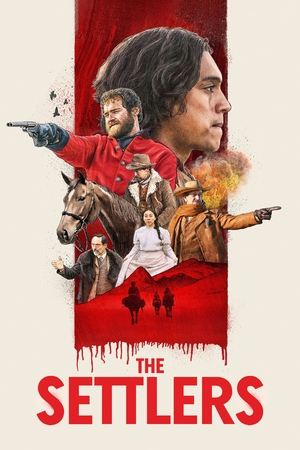 6.8
6.8The Settlers(es)
Chile, early 20th century. José Menéndez, a wealthy landowner, hires three horsemen to mark out the perimeter of his extensive property and open a route to the Atlantic Ocean across vast Patagonia.
 6.5
6.5Planet Single 2(pl)
A teacher and a famous TV host must hide their not-so-merry romance from the public when they present a Christmas special live on-air.
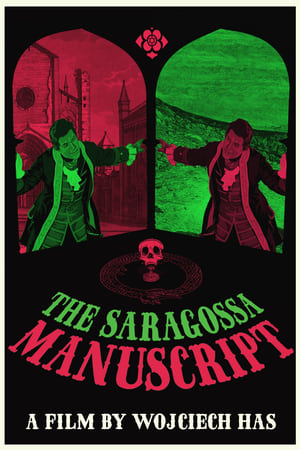 7.9
7.9The Saragossa Manuscript(pl)
During the Napoleonic wars, a Spanish officer and an opposing officer find a book written by the former's grandfather.
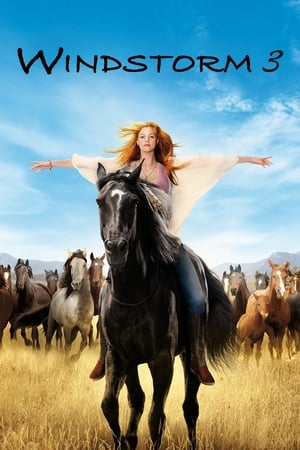 7.4
7.4Windstorm 3(de)
Ostwind and Mika have found a real home at the farm Kaltenbach with Mika's grandmother. In the hustle of running therapy center and due to Mika's fame as a horse-whisperer, she feels that she doesn't have enough freedom and time to ride. After a serious disagreement with her grandmother, Mika secretly sets off for the night in eastern Andalusia, Spain, where she suspects Ostwind's roots are.
 7.4
7.4My Sister's Keeper(en)
Sara and Brian live an idyllic life with their young son and daughter. But their family is rocked by sudden, heartbreaking news that forces them to make a difficult and unorthodox choice in order to save their baby girl's life. The parents' desperate decision raises both ethical and moral questions and rips away at the foundation of their relationship. Their actions ultimately set off a court case that threatens to tear the family apart, while revealing surprising truths that challenge everyone's perceptions of love and loyalty and give new meaning to the definition of healing.
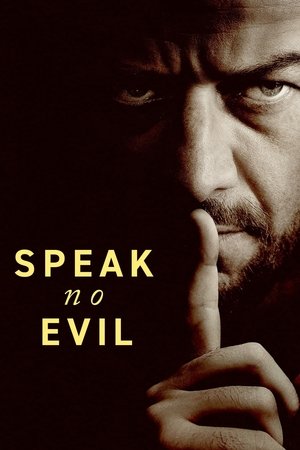 7.2
7.2Speak No Evil(en)
When an American family is invited to spend the weekend at the idyllic country estate of a charming British family they befriended on vacation, what begins as a dream holiday soon warps into a snarled psychological nightmare.
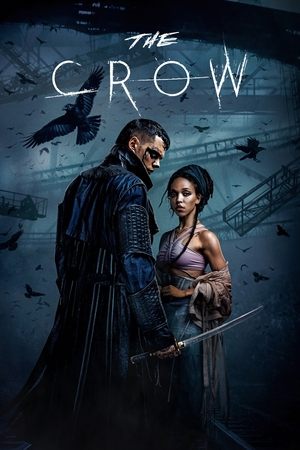 5.8
5.8The Crow(en)
Soulmates Eric and Shelly are brutally murdered when the demons of her dark past catch up with them. Given the chance to save his true love by sacrificing himself, Eric sets out to seek merciless revenge on their killers, traversing the worlds of the living and the dead to put the wrong things right.
 6.6
6.6Alex Strangelove(en)
Alex Truelove is on a quest to lose his virginity, an event eagerly awaited by his patient girlfriend and cheered on with welcome advice by his rowdy friends. But Alex, a super gregarious dude, is oddly unmotivated. A magical house party throws Alex into the presence of Elliot, a hunky college guy, who pegs Alex as gay and flirts hard. Alex is taken aback but after a series of setbacks on the girlfriend front he takes the plunge and learns some interesting new facts about himself.
 8.1
8.1LEGO Scooby-Doo! Knight Time Terror(en)
Mystery Inc. is summoned to investigate occurrences in a haunted villa, where a black knight terrorizes anybody who tries to get close to treasure hidden by the former owner of the building.
 7.4
7.4Richard Pryor: Live in Concert(en)
Richard Pryor delivers monologues on race, sex, family and his favorite target—himself, live at the Terrace Theatre in Long Beach, California.
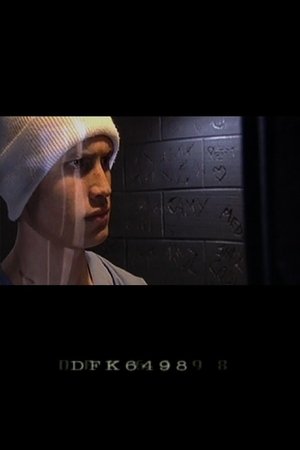 6.5
6.5DFK6498(en)
Cameron Duncan wrote, directed and starred in this short film, the same year a lump in his knee turned out to be cancerous. Aged only 16, Duncan had already showcased his filmmaking talents on a series of award-winning short pieces made for Fair Go's annual programme devoted to commercials. With DFK6498, he channels his recent experiences into a short, stylishly-shot memoir of incarceration, frustration and freedom lost. The film went on to win a trio of awards at Wanganui's River City Film Festival and win praise from director Peter Jackson.
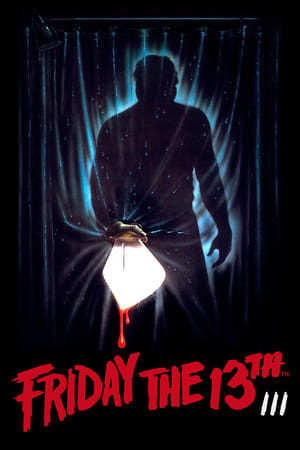 5.9
5.9Friday the 13th Part III(en)
An idyllic summer turns into a nightmare of unspeakable terror for yet another group of naïve friends. Ignoring Camp Crystal Lake's bloody legacy, one by one they fall victim to the maniacal Jason, who stalks them at every turn...
Similar Movies
Screen Actors(en)
This short film takes a look at the off-screen personas of screen actors. Preserved by the Academy Film Archive in 2012.
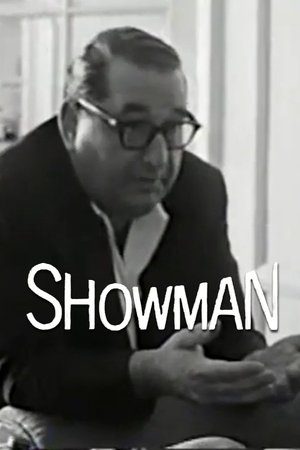 6.0
6.0Showman(en)
Albert and David Maysles (Gimme Shelter) directed this 53-minute documentary about movie tycoon Joseph E. Levine (1963). Preserved by the Academy Film Archive in 2012.
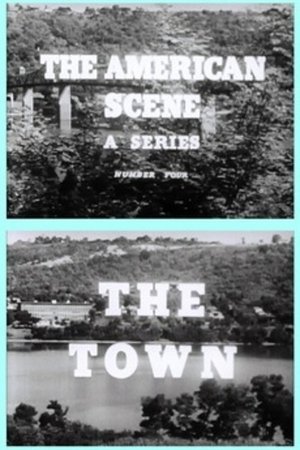 5.0
5.0The Town(en)
The Town was a short propaganda film produced by the Office of War Information in 1945. It presents an idealized vision of American life, shown in microcosm by Madison, Indiana. It was created primarily for exhibition abroad, to provide international audiences a more well-rounded view of America, and was therefore produced in more than 20 translations. Preserved by the Academy Film Archive in 2012.
 0.0
0.0The Costume Designer(en)
This short focuses on the job of the costume designer in the production of motion pictures. The costume designer must design clothing that is correct for the film historically and geographically, and must be appropriate for the mood of the individual scene. We see famed costume designer Edith Head at work on a production. The Costume Designer was part of The Industry Film Project, a twelve-part series produced by the film studios and the Academy. Each series episode was produced to inform the public on a specific facet of the motion picture industry. Preserved by the Academy Film Archive in 2012.
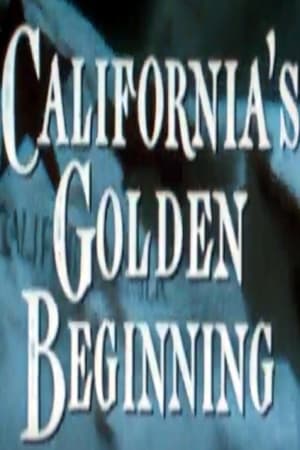 0.0
0.0California's Golden Beginning(en)
A description and enactment of the discovery of gold by James Marshall, and the role played by John Sutter. Preserved by the Academy Film Archive.
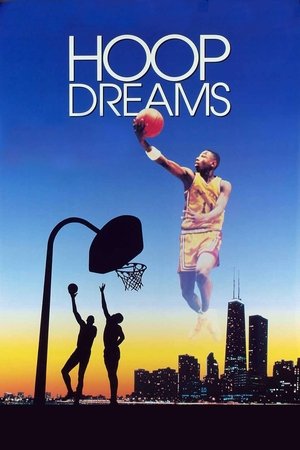 7.6
7.6Hoop Dreams(en)
Every school day, African-American teenagers William Gates and Arthur Agee travel 90 minutes each way from inner-city Chicago to St. Joseph High School in Westchester, Illinois, a predominately white suburban school well-known for the excellence of its basketball program. Gates and Agee dream of NBA stardom, and with the support of their close-knit families, they battle the social and physical obstacles that stand in their way. This acclaimed documentary was shot over the course of five years.
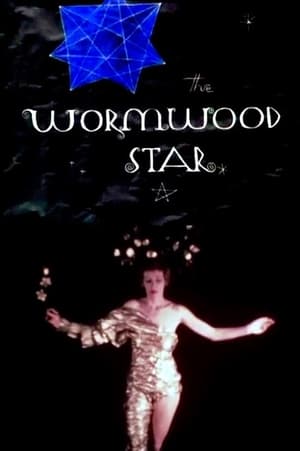 6.4
6.4The Wormwood Star(en)
A portrait of artist, actress, poet and occultist Marjorie Cameron, it shows images of her paintings and recitations of her poems. Preserved by the Academy Film Archive in 2006.
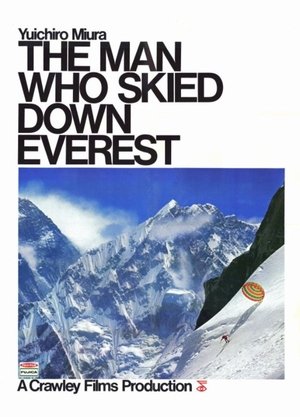 6.6
6.6The Man Who Skied Down Everest(en)
This Oscar-winning documentary tells the story behind Japanese daredevil Yuichiro Miura's 1970 effort to ski down the world's tallest mountain. Preserved by the Academy Film Archive in 2010.
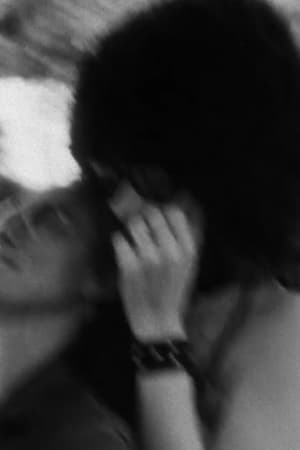 4.0
4.0I Don't Know(en)
A truly major work, I Don’t Know observes the relationship between a lesbian and a transgender person who prefers to be identified somewhere in between male and female, in an expression of personal ambiguity suggested by the film’s title. This nonfiction film – an unusual, partly staged work of semi-verité – is the first of Spheeris’s films to fully embrace what would become her characteristic documentary style: probing, intimate, uncompromising. Preserved by the Academy Film Archive in 2014.
 7.5
7.5Harlan County U.S.A.(en)
This film documents the coal miners' strike against the Brookside Mine of the Eastover Mining Company in Harlan County, Kentucky in June, 1973. Eastovers refusal to sign a contract (when the miners joined with the United Mine Workers of America) led to the strike, which lasted more than a year and included violent battles between gun-toting company thugs/scabs and the picketing miners and their supportive women-folk. Director Barbara Kopple puts the strike into perspective by giving us some background on the historical plight of the miners and some history of the UMWA. Preserved by the Academy Film Archive in partnership with New York Women in Film & Television in 2004.
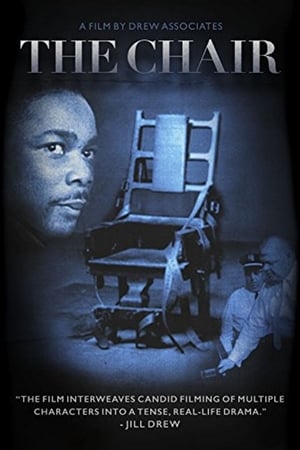 6.0
6.0The Chair(en)
Follows a crusading lawyer as he embarks on a campaign to save an African-American man, Paul Crump, from the electric chair. Preserved by the Academy Film Archive in partnership with The Film Foundation in 2007.
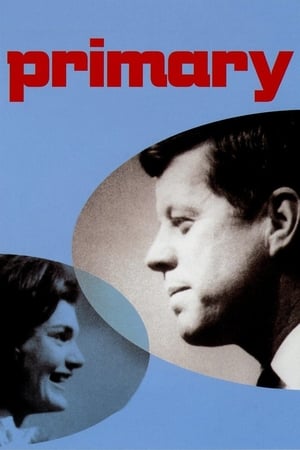 6.4
6.4Primary(en)
Primary is a documentary film about the primary elections between John F. Kennedy and Hubert Humphrey in 1960. Primary is the first documentary to use light equipment in order to follow their subjects in a more intimate filmmaking style. This unconventional way of filming created a new look for documentary films where the camera’s lens was right in the middle of what ever drama was occurring. Preserved by the Academy Film Archive in partnership with The Film Foundation in 1998.
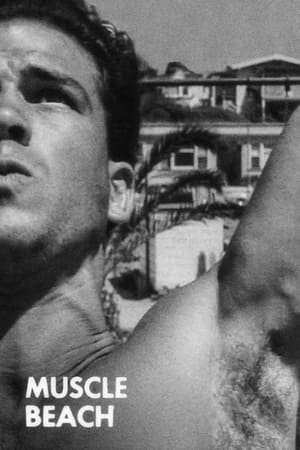 5.0
5.0Muscle Beach(en)
Muscle Beach was shown in competition at Cannes in 1949 and won a prize at the Edinburgh International Film Festival in 1951. The short became a cult favorite, screening at film clubs around the world. Strick used an army surplus movie camera to shoot the film during weekends in the fall of 1948. The songs in “Muscle Beach,” composed and sung by political folk singer Earl Robinson, with lyrics by screenwriter and poet Edwin Rolfe, accent the film’s three-movement structure as it transitions between soaring gymnastics shows, flirty beachgoers and children playing near the now-demolished pier at Ocean Park. Preserved by the Academy Film Archive in 2009.
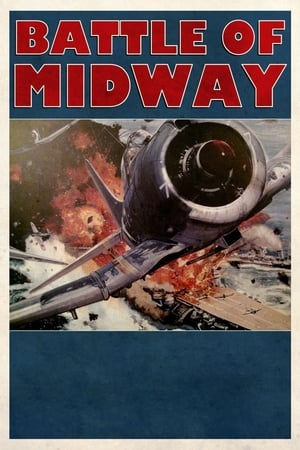 5.8
5.8The Battle of Midway(en)
The Japanese attack on Midway in June 1942, filmed as it happened. Preserved by the Academy Film Archive, in partnership with Twentieth Century Fox Film Corporation, in 2006.
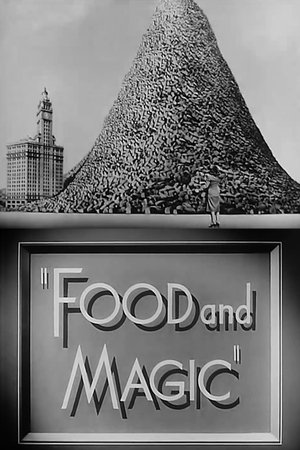 5.0
5.0Food and Magic(en)
A sideshow barker uses magic and visual aids to alert the public that proper food management is both a resource and a weapon that could be to America's advantage if conserved properly in winning the then current World War. Preserved by the Academy Film Archive, Academy War Film Collection, in 2008.
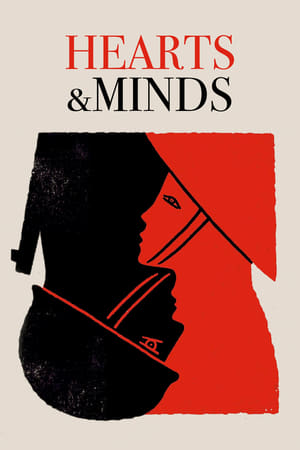 7.7
7.7Hearts and Minds(en)
Many times during his presidency, Lyndon B. Johnson said that ultimate victory in the Vietnam War depended upon the U.S. military winning the "hearts and minds" of the Vietnamese people. Filmmaker Peter Davis uses Johnson's phrase in an ironic context in this anti-war documentary, filmed and released while the Vietnam War was still under way, juxtaposing interviews with military figures like U.S. Army Chief of Staff William C. Westmoreland with shocking scenes of violence and brutality.
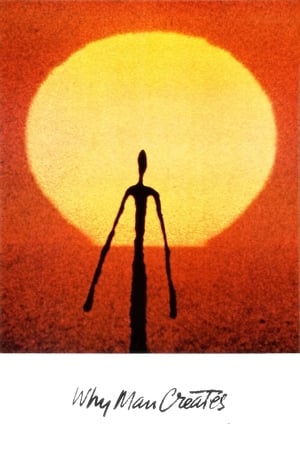 6.6
6.6Why Man Creates(en)
A 1968 animation/documentary that criticises the industrial system. Preserved by the Academy Film Archive.
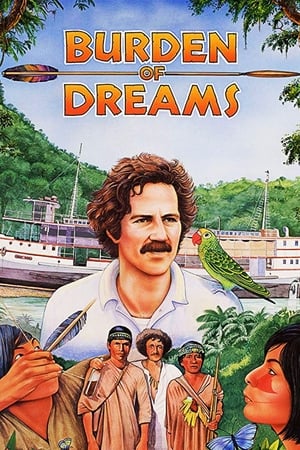 7.6
7.6Burden of Dreams(en)
The Amazon rain forest, 1979. The crew of Fitzcarraldo (1982), a film directed by German director Werner Herzog, soon finds itself with problems related to casting, tribal struggles and accidents, among many other setbacks; but nothing compared to dragging a huge steamboat up a mountain, while Herzog embraces the path of a certain madness to make his vision come true.
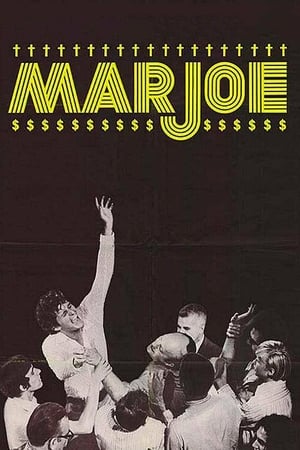 7.7
7.7Marjoe(en)
Part documentary, part expose, this film follows one-time child evangelist Marjoe Gortner on the "church tent" Revivalist circuit, commenting on the showmanship of Evangelism and "the religion business", prior to the start of "televangelism". Preserved by the Academy Film Archive in 2005.
 6.0
6.0The Battle of San Pietro(en)
This documentary movie is about the battle of San Pietro, a small village in Italy. Over 1,100 US soldiers were killed while trying to take this location, that blocked the way for the Allied forces from the Germans. Preserved by the Academy Film Archive in 2005.
